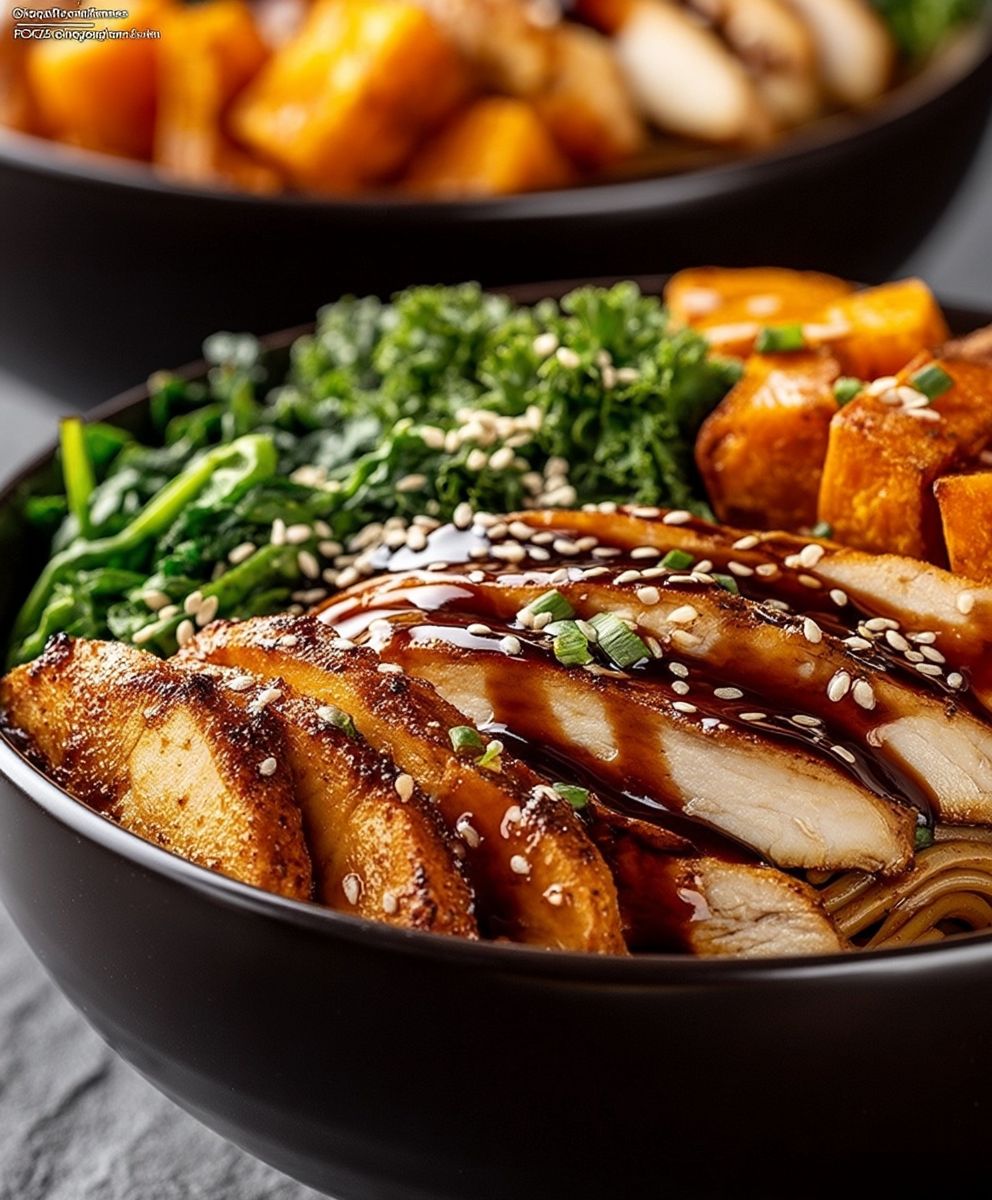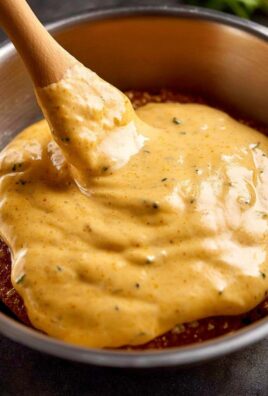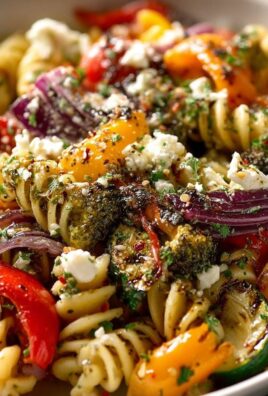Miso Noodles: Prepare to embark on a culinary adventure that will tantalize your taste buds and leave you craving more! Imagine a dish where the umami-rich depth of fermented soybeans meets the comforting embrace of perfectly cooked noodles. This isn’t just a meal; it’s an experience.
Miso, a staple in Japanese cuisine for centuries, boasts a fascinating history. Believed to have originated in China and later refined in Japan, miso was initially a luxury enjoyed by the aristocracy. Over time, it became an integral part of everyday Japanese cooking, celebrated for its health benefits and distinctive flavor profile. The beauty of Miso Noodles lies in its ability to transform simple ingredients into something extraordinary.
What makes this dish so irresistible? It’s the harmonious blend of savory, salty, and slightly sweet notes that dance across your palate. The creamy texture of the miso sauce coats each strand of noodle, creating a symphony of flavors and sensations. Beyond the incredible taste, Miso Noodles are incredibly versatile and quick to prepare, making them a perfect weeknight meal for busy individuals and families alike. Whether you’re a seasoned chef or a kitchen novice, this recipe is guaranteed to impress.
Ingredients:
- For the Noodles:
- 1 pound dried udon noodles (or spaghetti as a substitute)
- For the Miso Sauce:
- 1/4 cup red miso paste (or white miso for a milder flavor)
- 2 tablespoons soy sauce
- 2 tablespoons mirin (sweet rice wine)
- 1 tablespoon sake (optional, can substitute with rice vinegar or dry sherry)
- 1 tablespoon sesame oil
- 1 tablespoon grated ginger
- 2 cloves garlic, minced
- 1/4 cup vegetable broth (or water)
- 1 tablespoon brown sugar (or honey)
- 1 teaspoon chili garlic sauce (or sriracha, adjust to taste)
- For the Toppings (optional, but highly recommended!):
- 4 ounces shiitake mushrooms, sliced
- 1 cup baby bok choy, chopped
- 1/2 cup scallions, thinly sliced
- 1/4 cup toasted sesame seeds
- 2 soft-boiled eggs, halved
- Chili flakes (for extra heat)
- Nori seaweed, cut into strips
- Crispy fried onions
Preparing the Miso Sauce:
Alright, let’s get started with the heart of this dish the miso sauce! This is where all the magic happens, and trust me, it’s super easy to whip up.
- Combine the Ingredients: In a medium-sized bowl, whisk together the miso paste, soy sauce, mirin, sake (if using), sesame oil, grated ginger, minced garlic, vegetable broth, brown sugar, and chili garlic sauce. Make sure everything is well combined and there are no lumps of miso paste. A smooth sauce is a happy sauce!
- Taste and Adjust: Now, this is crucial. Give the sauce a taste. Is it salty enough? Sweet enough? Does it have the right amount of kick? Feel free to adjust the ingredients to your liking. Add a little more brown sugar if you want it sweeter, a dash more soy sauce if you want it saltier, or a touch more chili garlic sauce if you want it spicier. This is your chance to customize the flavor to your perfect preference. Don’t be afraid to experiment!
- Set Aside: Once you’re happy with the flavor, set the sauce aside. We’ll use it later to coat those delicious noodles.
Cooking the Noodles:
Next up, let’s cook the noodles. This is pretty straightforward, but there are a few tips to ensure they turn out perfectly.
- Boil Water: Bring a large pot of water to a rolling boil. Make sure you have enough water so the noodles have plenty of room to move around. This will prevent them from sticking together.
- Cook the Noodles: Add the udon noodles to the boiling water and cook according to the package directions. Udon noodles usually take about 8-10 minutes to cook, but check the package for specific instructions. If you’re using spaghetti, cook it al dente, which means it should be firm to the bite.
- Drain and Rinse: Once the noodles are cooked, drain them immediately. Then, rinse them under cold water to stop the cooking process and remove any excess starch. This will also help prevent them from sticking together.
- Set Aside: Set the cooked noodles aside until we’re ready to assemble the dish.
Preparing the Toppings:
Now, let’s get those toppings ready! This is where you can really get creative and add your own personal touch to the dish. I’m using shiitake mushrooms and bok choy, but feel free to use whatever vegetables you have on hand or prefer.
- Sauté the Mushrooms: Heat a tablespoon of sesame oil in a large skillet or wok over medium-high heat. Add the sliced shiitake mushrooms and sauté until they are tender and slightly browned, about 5-7 minutes.
- Add the Bok Choy: Add the chopped baby bok choy to the skillet and sauté until it is wilted and tender-crisp, about 2-3 minutes.
- Season: Season the mushrooms and bok choy with a pinch of salt and pepper.
- Set Aside: Remove the vegetables from the skillet and set aside.
- Prepare the Remaining Toppings: While the vegetables are cooking, prepare the remaining toppings. Slice the scallions, toast the sesame seeds, halve the soft-boiled eggs, and cut the nori seaweed into strips. If you’re using crispy fried onions or chili flakes, have them ready to go as well.
Assembling the Miso Noodles:
Okay, we’re in the home stretch! Now it’s time to bring everything together and create our delicious miso noodles.
- Combine Noodles and Sauce: In the same skillet or wok that you used to cook the vegetables, add the cooked noodles and the miso sauce. Toss everything together until the noodles are evenly coated with the sauce.
- Heat Through: Cook the noodles and sauce over medium heat for a few minutes, stirring constantly, until the noodles are heated through and the sauce has thickened slightly.
- Add Vegetables: Add the sautéed mushrooms and bok choy to the skillet and toss to combine.
- Serve: Divide the miso noodles among bowls.
- Garnish: Garnish each bowl with the sliced scallions, toasted sesame seeds, soft-boiled egg halves, chili flakes (if using), nori seaweed strips, and crispy fried onions (if using).
- Enjoy! Serve immediately and enjoy your delicious homemade miso noodles!
Tips and Variations:
- Protein Power: Feel free to add other protein sources to your miso noodles. Tofu, chicken, shrimp, or pork would all be great additions. Just cook the protein separately and add it to the skillet along with the vegetables.
- Vegetable Variety: Don’t be afraid to experiment with different vegetables. Bell peppers, carrots, broccoli, and spinach would all be delicious in this dish.
- Spice It Up: If you like your food extra spicy, add more chili garlic sauce or sriracha to the miso sauce. You can also sprinkle some chili flakes on top of the finished dish.
- Make It Vegan: To make this dish vegan, use vegetable broth instead of chicken broth and omit the soft-boiled eggs. You can also use a vegan miso paste, as some miso pastes contain fish products.
- Meal Prep Friendly: Miso noodles are great for meal prepping! Just cook the noodles, sauce, and vegetables separately and store them in airtight containers in the refrigerator. When you’re ready to eat, simply reheat everything in a skillet or microwave.
- Noodle Alternatives: While udon noodles are the traditional choice, you can use other types of noodles as well. Soba noodles, ramen noodles, or even spaghetti would all work well.
- Broth Boost: For a richer flavor, consider adding a splash of dashi broth to the sauce. Dashi is a Japanese soup stock made from kombu (kelp) and bonito flakes.
- Citrus Zing: A squeeze of lime or lemon juice at the end can brighten up the flavors and add a refreshing touch.
- Peanut Butter Power: For a creamier and nuttier flavor, try adding a tablespoon of peanut butter to the miso sauce.
Storage Instructions:
Leftover miso noodles can be stored in an airtight container in the refrigerator for up to 3 days. To reheat, simply microwave or stir-fry in a pan until heated through. You may need to add a splash of water or broth to loosen the sauce.
Nutritional Information (Approximate):
Please note that the nutritional information is an estimate and may vary depending on the specific ingredients and portion sizes used.
- Calories: 500-600
- Protein: 20-25g
- Fat: 20-25g
- Carbohydrates: 60-70g

Conclusion:
This isn’t just another noodle dish; it’s a flavor explosion waiting to happen! Seriously, these Miso Noodles are a game-changer. The umami-rich miso paste, combined with the savory broth and perfectly cooked noodles, creates a symphony of taste that will leave you craving more. I know I do! It’s quick, it’s easy, and it’s incredibly satisfying everything you could want in a weeknight meal. But beyond the convenience, it’s the depth of flavor that truly makes this recipe a must-try. It’s a comforting hug in a bowl, perfect for a chilly evening or when you just need a little something special.
Why You Absolutely Need to Make These Miso Noodles:
This recipe isn’t just about following instructions; it’s about creating an experience. The miso paste provides a unique depth that elevates simple noodles to something truly extraordinary. It’s a dish that’s both familiar and exciting, offering a comforting base with a surprising twist. Plus, it’s incredibly versatile! You can easily adapt it to your own preferences and dietary needs.
Serving Suggestions and Variations:
Feeling adventurous? Try adding some grilled chicken or shrimp for extra protein. Tofu works wonderfully too, especially if you marinate it in a little soy sauce and ginger beforehand. For a vegetarian option, load it up with your favorite veggies! Sautéed mushrooms, bok choy, spinach, or even some roasted bell peppers would be delicious. A sprinkle of sesame seeds and a drizzle of chili oil add a touch of elegance and heat.
If you’re looking to lighten things up, you can use shirataki noodles or zucchini noodles instead of regular noodles. And for a richer, creamier sauce, try adding a tablespoon of tahini or peanut butter. Don’t be afraid to experiment and make it your own! The beauty of this recipe is that it’s a blank canvas for your culinary creativity.
I personally love topping mine with a soft-boiled egg for extra richness and a sprinkle of furikake for a burst of flavor. A little chopped green onion always adds a fresh, vibrant touch. And if I’m feeling particularly indulgent, I’ll add a dollop of spicy mayo.
This recipe is also fantastic for meal prepping. You can make a big batch of the sauce and noodles ahead of time and simply reheat them when you’re ready to eat. Just be sure to store the noodles and sauce separately to prevent them from becoming soggy.
So, what are you waiting for? Grab your ingredients and get cooking! I promise you won’t be disappointed. This Miso Noodles recipe is a guaranteed crowd-pleaser, whether you’re cooking for yourself, your family, or a group of friends.
I’m so excited for you to try this recipe and experience the magic of miso for yourself. Once you do, I’d love to hear about your experience! Did you make any variations? What were your favorite toppings? Share your photos and comments below I can’t wait to see what you create! Happy cooking!
Miso Noodles: A Delicious and Easy Recipe
Savory and comforting Miso Noodles with a rich miso sauce, tender vegetables, and customizable toppings. A quick and easy weeknight meal!
Ingredients
- 1 pound dried udon noodles (or spaghetti as a substitute)
- 1/4 cup red miso paste (or white miso for a milder flavor)
- 2 tablespoons soy sauce
- 2 tablespoons mirin (sweet rice wine)
- 1 tablespoon sake (optional, can substitute with rice vinegar or dry sherry)
- 1 tablespoon sesame oil
- 1 tablespoon grated ginger
- 2 cloves garlic, minced
- 1/4 cup vegetable broth (or water)
- 1 tablespoon brown sugar (or honey)
- 1 teaspoon chili garlic sauce (or sriracha, adjust to taste)
- 4 ounces shiitake mushrooms, sliced
- 1 cup baby bok choy, chopped
- 1/2 cup scallions, thinly sliced
- 1/4 cup toasted sesame seeds
- 2 soft-boiled eggs, halved
- Chili flakes (for extra heat)
- Nori seaweed, cut into strips
- Crispy fried onions
Instructions
- Prepare the Miso Sauce: In a medium bowl, whisk together the miso paste, soy sauce, mirin, sake (if using), sesame oil, grated ginger, minced garlic, vegetable broth, brown sugar, and chili garlic sauce until smooth. Taste and adjust seasonings as needed. Set aside.
- Cook the Noodles: Bring a large pot of water to a rolling boil. Add the udon noodles and cook according to package directions (usually 8-10 minutes). If using spaghetti, cook al dente. Drain and rinse under cold water. Set aside.
- Prepare the Toppings: Heat sesame oil in a large skillet or wok over medium-high heat. Add the sliced shiitake mushrooms and sauté until tender and slightly browned, about 5-7 minutes. Add the chopped baby bok choy and sauté until wilted and tender-crisp, about 2-3 minutes. Season with salt and pepper. Remove from skillet and set aside.
- Prepare Remaining Toppings: Slice the scallions, toast the sesame seeds, halve the soft-boiled eggs, and cut the nori seaweed into strips. Have chili flakes and crispy fried onions ready, if using.
- Assemble the Miso Noodles: In the same skillet or wok, add the cooked noodles and the miso sauce. Toss to coat evenly. Cook over medium heat for a few minutes, stirring constantly, until the noodles are heated through and the sauce has thickened slightly.
- Add Vegetables: Add the sautéed mushrooms and bok choy to the skillet and toss to combine.
- Serve: Divide the miso noodles among bowls.
- Garnish: Garnish each bowl with the sliced scallions, toasted sesame seeds, soft-boiled egg halves, chili flakes (if using), nori seaweed strips, and crispy fried onions (if using).
- Enjoy! Serve immediately.
Notes
- Protein Power: Add tofu, chicken, shrimp, or pork. Cook separately and add with the vegetables.
- Vegetable Variety: Use bell peppers, carrots, broccoli, or spinach.
- Spice It Up: Add more chili garlic sauce or sriracha.
- Make It Vegan: Use vegetable broth, omit eggs, and check miso paste for fish products.
- Meal Prep Friendly: Cook noodles, sauce, and vegetables separately. Store in airtight containers and reheat.
- Noodle Alternatives: Use soba noodles, ramen noodles, or spaghetti.
- Broth Boost: Add a splash of dashi broth to the sauce.
- Citrus Zing: Squeeze lime or lemon juice at the end.
- Peanut Butter Power: Add a tablespoon of peanut butter to the miso sauce.
- Storage Instructions: Store leftovers in an airtight container in the refrigerator for up to 3 days. Reheat in microwave or pan, adding water or broth if needed.






Leave a Comment